Within the microcosm of my soundproof room, the resonance of vinyl seeped into the silence, gradually merging with my own compositions. However, that space was irreversibly lost due to personal circumstances.
As I parted with thousands of records, I poured all my memories and aesthetic sense into deciding what should remain. This was not merely an act of organization but a process of redefining the very foundation of my musical identity.
Even after such a ruthless selection, some sounds survived.
Today, I introduce one of those records that continue to speak to me in silence.
1. Resonance and Form—The Texture of Sound in This Record
The breath of an era told through its jacket, the tactile sensation of the grooves etched into the vinyl, and the world that unfolds the moment the needle drops. I will explore the beauty and resonance of this record in depth.
2. The Coordinates of Memory—The Intersection Between This Record and Me
When, where, and how did I first encounter this record? And why could I never bring myself to part with it? Beyond my personal experience, I will reflect on the magnetic pull that music exerts over memory.
3. The Context of Sound—How This Record Lives Within a DJ Set
At what moment should this record be played within a mix? How does it resonate with the temperature of the dance floor and intertwine with other tracks to create new narratives?
Resonance and Form—The Texture of Sound in This Record
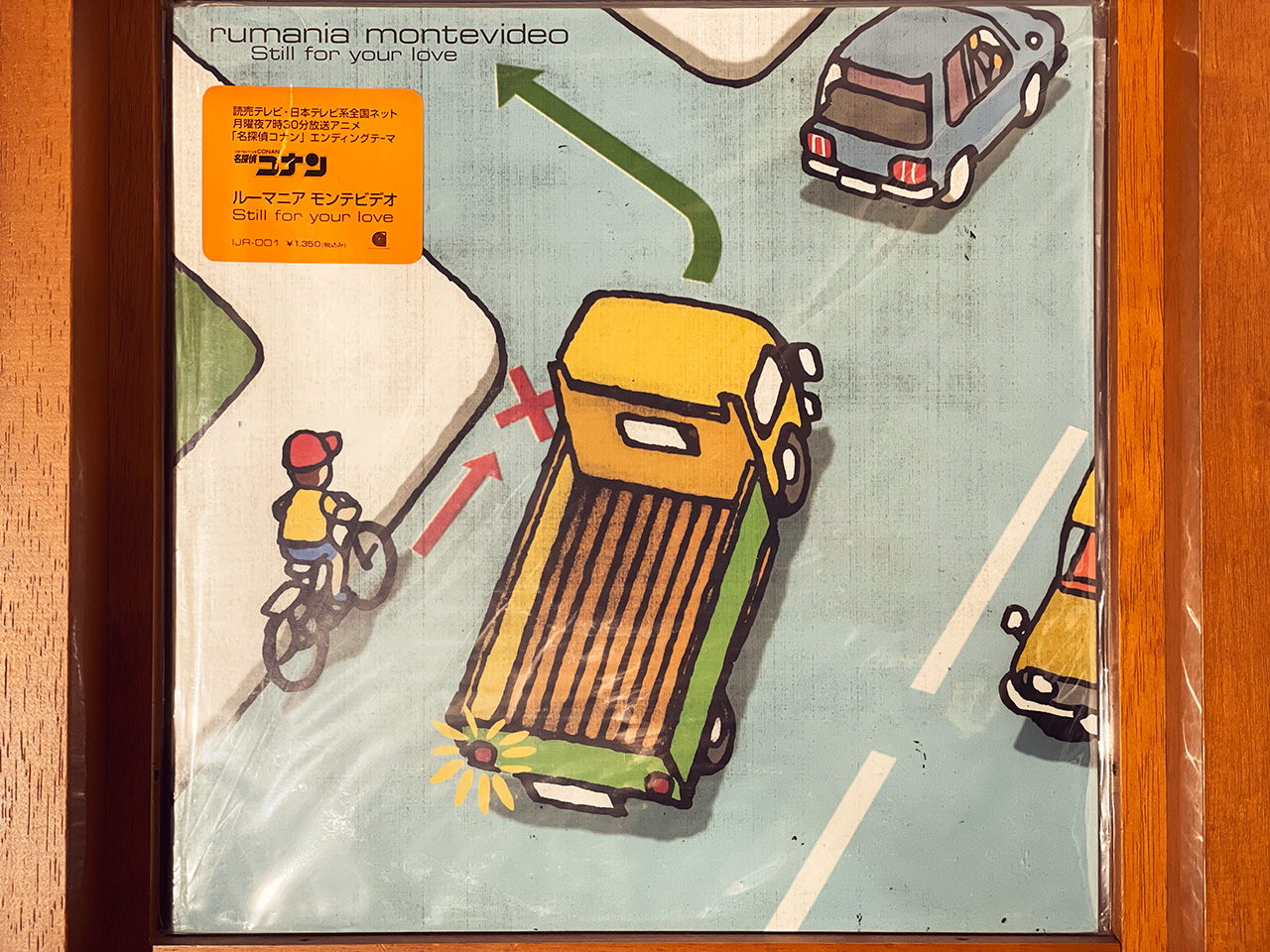
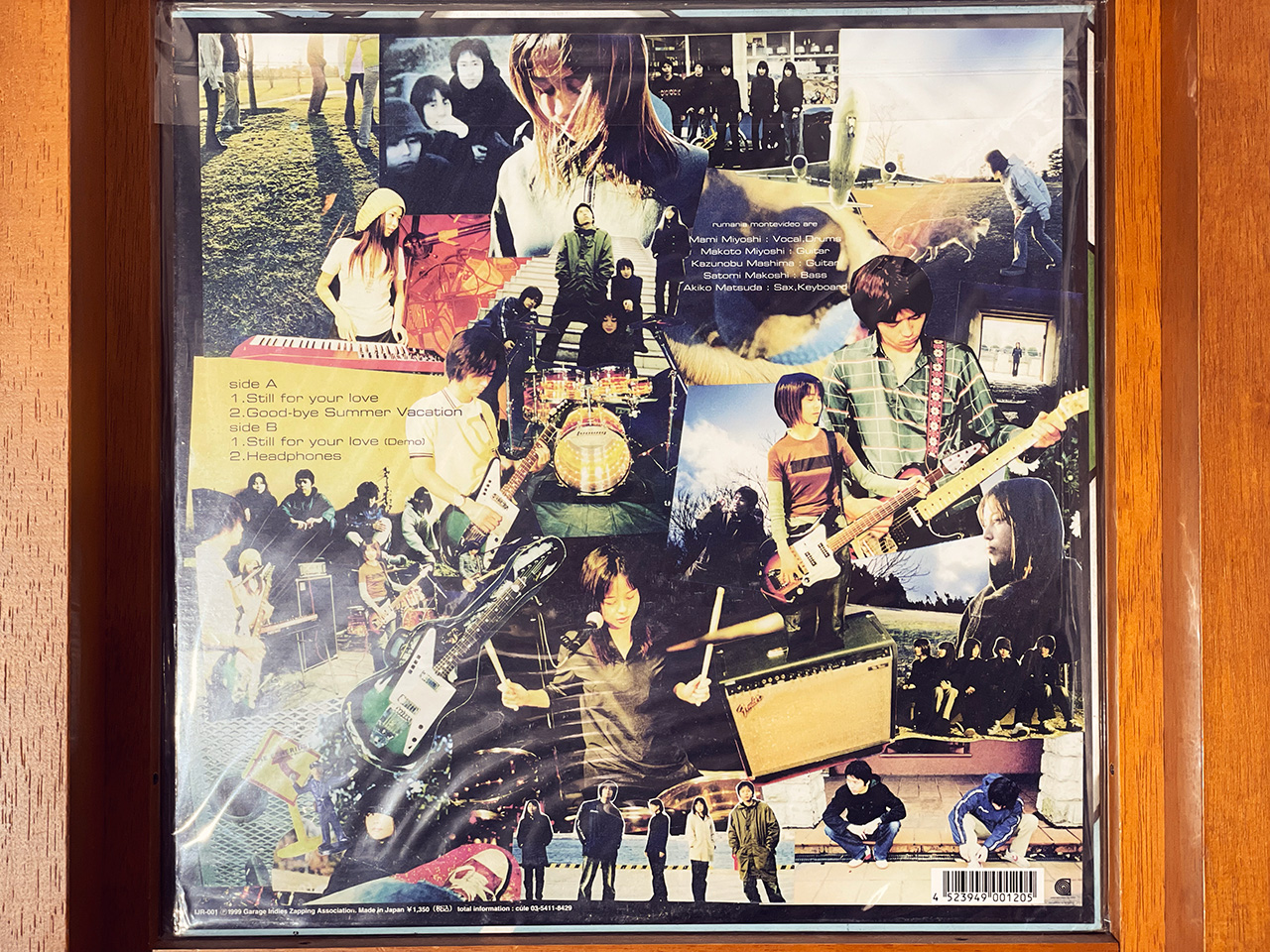
The album cover features an illustration warning against left-turn accidents—a simple yet captivating design. That alone is one reason why I could never part with this record.
Rumania Montevideo – Still for your love was released on April 14, 1999, as their major debut single and became widely recognized as the ending theme for the anime Detective Conan.
The track features an endearing and somewhat innocent vocal style, paired with heavily distorted guitars that lend a raw, grunge-like edge.
The production also showcases reverberant snares and an intriguing use of unison harmonies, demonstrating a meticulous attention to sonic texture.
The lyrics are laced with imagery evoking a dreamlike spirituality—words like “barefoot,” “earth,” “rainbow,” “sky,” “cross,” “hope,” “white feather,” and “cradle” create a surreal, almost religious atmosphere. The jacket design enhances this mystique, contributing to the record’s cohesive aesthetic.
“Still for your love” is an album where music, lyrics, and visuals blend into a singular, compelling artistic statement.
The Coordinates of Memory—The Intersection Between This Record and Me
When I began planning this blog series, I came across a comment on social media that stuck with me:
“Back then, the only band that successfully incorporated UK sounds was the brilliant green, right?”
Reading that, I felt like an explorer staring at a map that falsely claimed, “Beyond this point, the world ceases to exist.”
It’s true that in the late ‘90s and early 2000s, only a few Japanese bands found commercial success while integrating UK rock influences. But claiming that such bands didn’t exist at all is an oversimplification. You cannot talk about this era without mentioning Rumania Montevideo.
Unlike the brilliant green’s direct Britpop stylings, Rumania Montevideo approached UK rock influences with a different touch—hard-edged guitar tones, melodies that drift between fragility and strength, and vocals that quietly smolder rather than burst into flames. This was not mere imitation; it was a uniquely refined sonic landscape.
I had known this song for a long time and had always liked it, but I didn’t acquire the record until after I had been DJing for some time. In the beginning, my collection consisted almost entirely of house and jazz records. It was only after I began blending JPOP and kayōkyoku into my house sets that I realized how this record could fit seamlessly into my musical lexicon. Eventually, as I started incorporating more downtempo tracks, I began to truly appreciate the silent intensity of this song.
I don’t have strong personal ties to Detective Conan, but I always recognized the deep connection between the show and Being Inc.’s artists. Many of the series’ theme songs—such as Miho Komatsu’s “Nazo”—are nothing short of divine. This track, too, is more than just catchy—it carries an underlying stoicism, like a still lake concealing a slow, unseen current beneath its surface.
This record also brings back memories of a former workplace. When I was fresh out of university, I worked under a boss who had once been in the music industry. At a company drinking party, our conversation turned to the Being label, and when I mentioned Rumania Montevideo, his face lit up. In that moment, we both recognized the unspoken bond of shared musical reverence.
That company was full of unique individuals—B’z fanatics who passionately debated the evolution of the band’s guitar tones, karaoke warriors who could sing Amagi-goe with impeccable finesse. Even in the midst of the financial turbulence caused by the Lehman Shock, music remained a constant, binding force among us.
That company was eventually acquired, and its name changed. When our office moved from Meguro to Kawasaki, I nearly quit, feeling the shift was a step too far. Ironically, today, that company’s new office stands just a 20-minute bike ride from my home. (Meanwhile, my current job is a 15-minute ride, two days a week.)
Music is not just a collection of sounds—it is a machine that resurrects memories, a vessel that carries us back in time. Every time I drop the needle on this record, I am transported back to a past version of myself, reconnecting with different fragments of my life.
That is why this record is more than just a piece of vinyl.
The Context of Sound—How This Record Lives Within a DJ Set
When incorporating “Still for your love” into a DJ set, the most obvious approach is to pair it with the brilliant green. The similarity in BPM and sound texture makes for a seamless transition, allowing for an authentic recreation of the late ‘90s era of Japanese music influenced by UK rock. Mr. Children, at certain points in their career, would also make an interesting match.
But this song is more than just a bridge between similar tracks. It also serves as a perfect transition point. Cutting into the chorus from a song with a significantly different BPM—or even doubling the BPM by mixing into an uptempo track—can create a dynamic, dramatic shift. Instead of carefully blending the intro, dropping straight into the chorus makes for an unexpected yet satisfying contrast.
Recently, many idol groups have begun incorporating shoegaze elements into their music, making this track a compelling choice for a set that explores ethereal soundscapes. Pairing it with a hazy guitar arpeggio or layering it against a more conventional JPOP structure could yield intriguing results.
What makes this track unique is its ability to fit anywhere. It is both subtle and powerful, adaptable to uptempo and downtempo sets alike. This quiet strength is what makes it an indispensable part of my collection.
Last year, I uploaded a DJ mix that alternates between two extremes—BPM 90 and 180—creating a dynamic contrast. I hope you’ll give it a listen!
Thank you for reading until the end.
Do you, too, have a record that transcends time, one you can never part with?
May its melody continue to pulse quietly in the depths of your memory, illuminating fragments of your life.
And may both your heart and body remain in harmony, always.
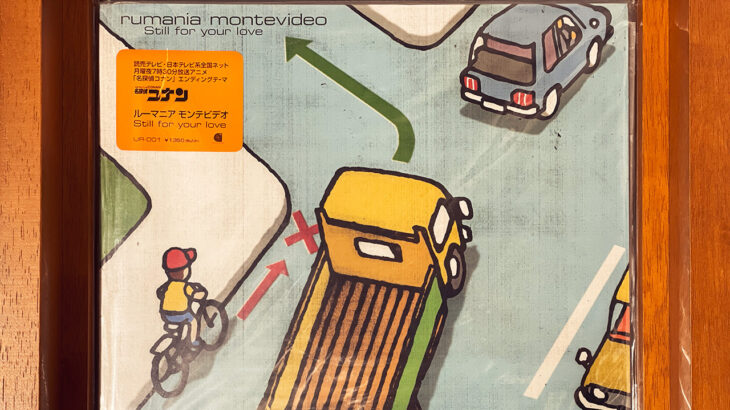





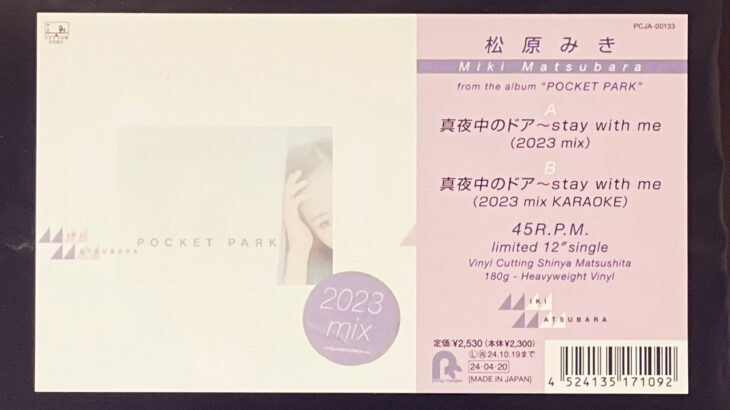
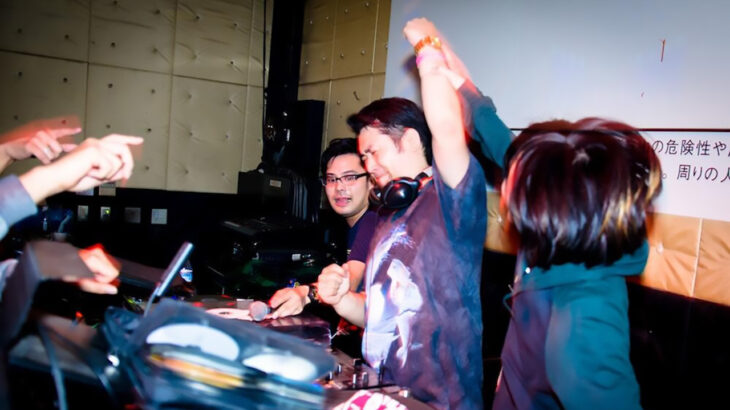
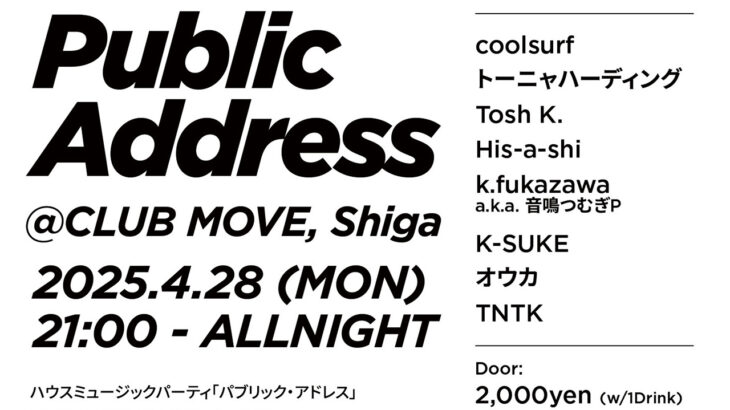

コメントを書く